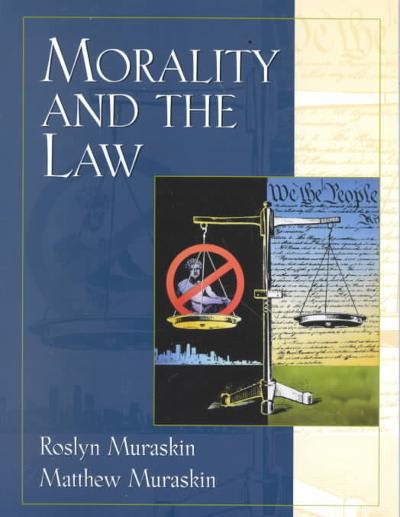Answered step by step
Verified Expert Solution
Question
1 Approved Answer
Create an A3 poster that represents 3 theories, each from a different perspective. You might like to choose theories from the Developmental, Socio-cultural,Socio-Behaviourist, Critical or
- Create an A3 poster that represents 3 theories, each from a different perspective. You might like to choose theories from the Developmental, Socio-cultural,Socio-Behaviourist, Critical or Post Structuralist perspectives.
- For each theory, indicate the perspective it refers to and insert 4 pieces of information that illustrate it. Please note: 1 piece of information should be a paragraph that explains the theory in your own words. The other 3 pieces should be visual. They might include a picture - drawing - quote - poem...etc. The 4 pieces together should provide the reader with an overview of the theory.
- At the end of the poster, include 300-200 words summaryto indicate your favourite theory,the reason of choice and how you can apply it in your practice as a teacher.?
- Write correctly, check grammar, spelling and sentence structure.
- Include in-text referencing and a reference list of at least 3 sources written according to the Harvard Style.

Step by Step Solution
There are 3 Steps involved in it
Step: 1

Get Instant Access to Expert-Tailored Solutions
See step-by-step solutions with expert insights and AI powered tools for academic success
Step: 2

Step: 3

Ace Your Homework with AI
Get the answers you need in no time with our AI-driven, step-by-step assistance
Get Started


